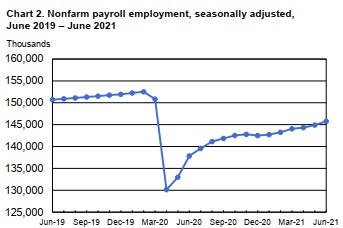An Aging Workforce Creates New Opportunities for Employers
The average life expectancy for someone born in 1950 is 68.2 years. For someone just ten years older, born in 1940, their life expectancy is 62.9 years and for someone born in 1988, likely just about to be graduating college and beginning a career, their life expectancy is 74.9 years.
While the U.S. retirement age, as defined by the Social Security Administration, is in the process of gradually increasing from 65 to 67, the length of retirements invariably is on the cusp of a sharp increase. The percentage of the employed U.S. workforce that is over the age of 55 has nearly doubled from a low of 12 percent in 1993 to 19.8 percent in January of 2010.
When people do enter retirement, however, they are in better shape both physically and mentally than ever before.
“The last decade has seen a redefinition of what retirement should and can be,” notes Tony McKinnon, who himself came out of retirement to become president of MRINetwork two years ago. “Retirees represent a growing population which workforce managers can tap into in new and unique ways.”
Keeping older workers on the payroll was once thought of as a deficit—they are often the highest paid, carry large healthcare costs, and sometimes have only limited computer skills—but that equation can change. Hiring contract staffers, who have already retired, lets companies bring on board top talent who have completed their traditional careers—sometimes at a competing company—and who are willing and able to continue to work.
These workers may only want to work part-time and won’t have as much interest in collecting benefits as full-time staff, yet, can offer the perspective and experience of decades in an industry. At a time when many retirees and near-retirees have lost substantial chunks of their savings, more seniors will also be looking for supplemental income than ever before.
“It has become increasingly common for companies to hire retirees as consultants, but it’s normally on an ad-hoc basis. Now is a good time for these post-retirement positions to become a formalised part of the org chart,” says McKinnon. “Not only are the number of candidates for such positions swelling, in the wake of the Great Recession, many organizations are giving long-term perspectives more deference than they have received in the recent past.”
McKinnon notes that some of the most obvious positions for post-retirement contractors to fill could be ombudsmen, mentors, or general strategic or advisory positions.
“After a downturn is a great opportunity for companies to reexamine every element of their business. Making large structural changes now will cost less and can potentially have greater rewards than changes made at the top of an economic cycle,” says McKinnon. “Not only are post-retirement contractors an example of the type of opportunity that exists to change the way things are done, once aboard, they can help to temper the degree to which changes are made.“
He continues, “While companies want to stay on the cutting edge coming out of recession, the sage advice of contractors who have already worked an entire career can balance that goal with decades of experience and keep a company off the bleeding edge.”

Presented by ETS Dental, Phone: (540) 563-1688, Website: www.etsdental.com






